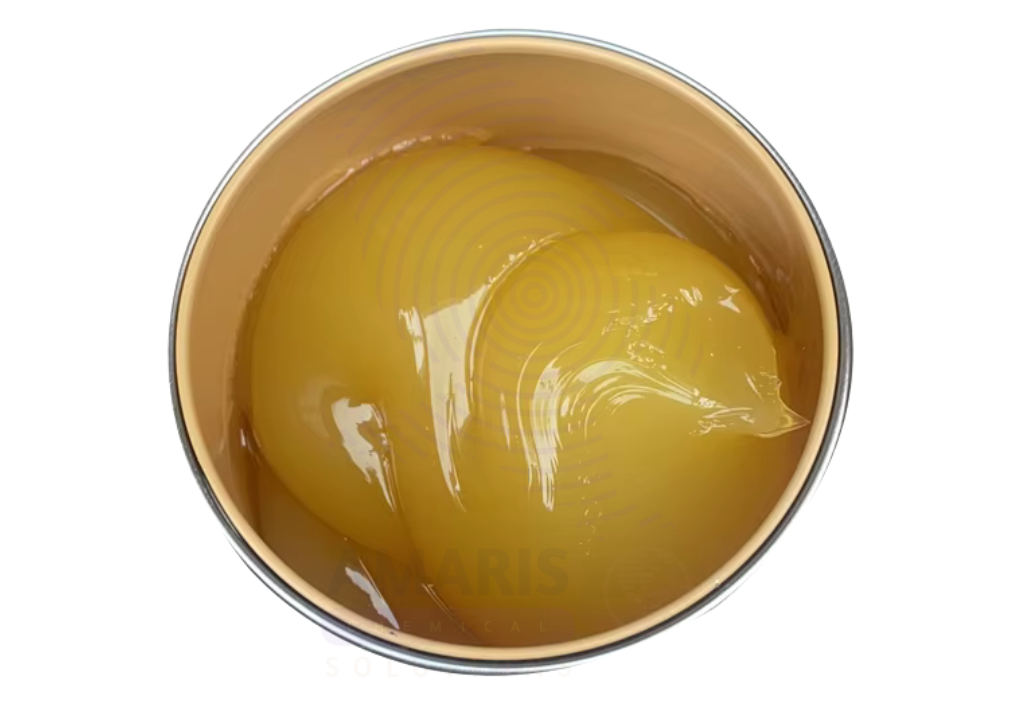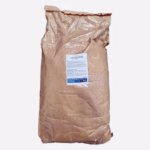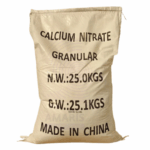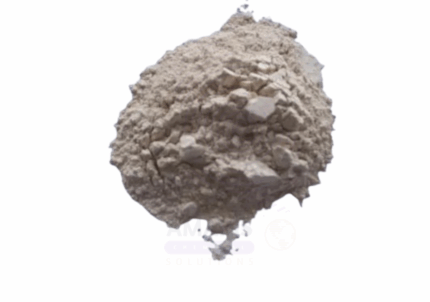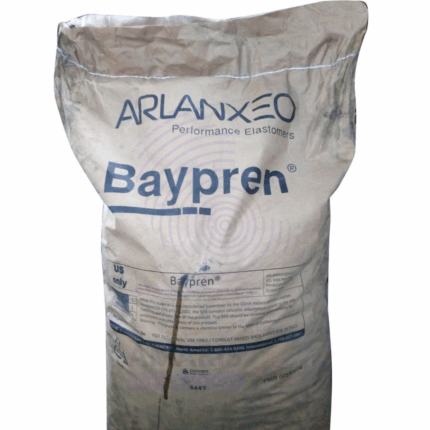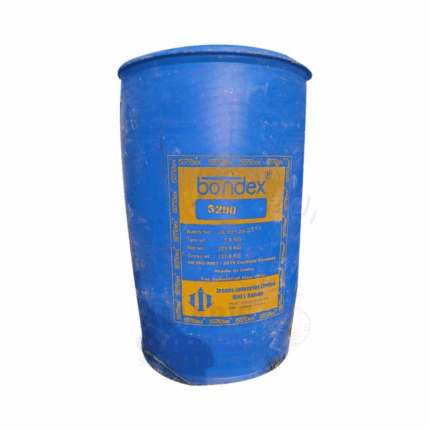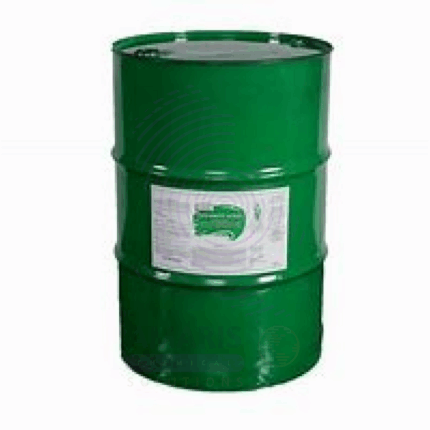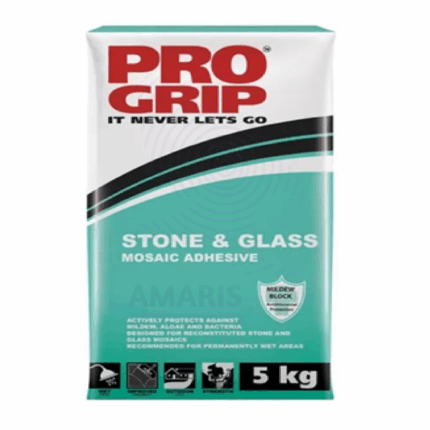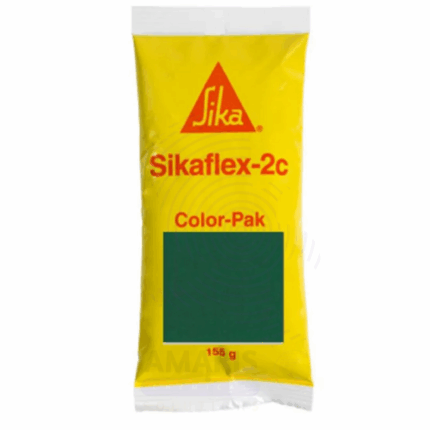Marble Adhesive Glue
Whatsapp Order
Marble Adhesive Glue Granite Glue, also known as Granite Glue, is a high-strength adhesive specifically formulated for bonding natural stones such as marble, granite, and other types of stone surfaces. It offers excellent adhesion, durability, and resistance to environmental factors like moisture, heat, and chemicals. This glue is commonly used in construction, interior decoration, and stone fabrication industries to securely fix stone slabs, tiles, and countertops. The adhesive provides a seamless and strong bond, facilitating the installation and repair of stone surfaces with high aesthetic and structural quality.
Category: Sealants and Adhesives
Tags: Construction Adhesive, Granite glue, Marble adhesive, Stone adhesive, Strong bond glue
Description
Table of Contents
Toggle
Marble Adhesive Glue (Granite Glue)
Primary Uses
- Stone Fabrication and Installation
- Bonding marble, granite, quartz, and other natural or engineered stone slabs in countertop fabrication.
- Fixing stone tiles and panels in flooring, wall cladding, and decorative architectural features.
- Construction and Interior Decoration
- Adhesive for stone-based fixtures and fittings in bathrooms, kitchens, and living spaces.
- Repair and restoration of cracked or broken stone elements.
- Furniture and Craft Applications
- Bonding stone components in furniture design such as tabletops and decorative accents.
Secondary Uses
- Outdoor Stone Applications
- Suitable for exterior stone installations where weather resistance is required.
- Specialty Industrial Uses
- Adhesive for stone composites and mixed material bonding where stone meets metal or wood.
KEY PRODUCT FEATURES
1. Basic Identification Attributes
- Chemical Name (IUPAC): Proprietary polymer-based adhesive formulation
- Common/Trade Name: Marble Adhesive Glue; Granite Glue
- CAS Number: Not applicable (mixture)
- HS Code: 3506.91.00 (Adhesives based on polymers)
- Synonyms: Stone adhesive; Stone glue; Marble bonding agent; Granite bonding adhesive
2. Physical & Chemical Properties
- Physical State: Viscous liquid or paste
- Color & Odor: Clear, white, or slightly tinted; mild characteristic odor
- Solubility: Insoluble in water once cured; soluble in specific solvents before curing
- Viscosity: Medium to high, depending on formulation
- Drying Time: Typically 15 minutes to several hours depending on type and conditions
- Curing: Chemical or moisture curing depending on product type
- Shelf Life: Usually 12 months if stored properly
3. Safety & Hazard Attributes
- GHS Classification:
- May cause skin and eye irritation
- Flammable (depending on solvent content)
- Toxicity:
- Moderate toxicity; avoid inhalation of fumes
- Exposure Limits:
- Follow product-specific Safety Data Sheet (SDS) guidelines
4. Storage & Handling Attributes
- Storage Conditions:
- Store in a cool, dry place away from heat and direct sunlight
- Container Type:
- Supplied in sealed tubes, cartridges, or cans suitable for adhesive products
- Handling Precautions:
- Use gloves and work in well-ventilated areas
- Avoid skin and eye contact
5. Regulatory & Compliance Attributes
- Complies with relevant chemical safety and construction material standards
- Subject to regulations on flammable and chemical adhesives in transportation and storage
6. Environmental & Health Impact
- Biodegradability: Varies by formulation; some may contain non-biodegradable polymers
- Ecotoxicity: Should be prevented from entering waterways due to chemical content
- Bioaccumulation: Not expected
- Carcinogenicity/Mutagenicity: Not classified
SAFETY HANDLING PRECAUTIONS
Safety Handling Precautions
- PPE Required:
- Chemical-resistant gloves, safety goggles, and adequate ventilation
- Handling Guidelines:
- Avoid inhaling vapors and prolonged skin contact
- Storage Measures:
- Keep containers tightly closed when not in use
- Store away from oxidizers and heat sources
First Aid Measures
- Inhalation: Move to fresh air; seek medical attention if symptoms persist
- Skin Contact: Wash with soap and water; remove contaminated clothing
- Eye Contact: Rinse thoroughly with water for 15 minutes; seek medical help if irritation continues
- Ingestion: Do not induce vomiting; rinse mouth and get medical assistance immediately
Firefighting Measures
- Fire Hazards: Flammable vapors may be present depending on solvent content
- Extinguishing Media: Use foam, dry chemical, or carbon dioxide extinguishers
- Special Precautions: Wear full protective gear and self-contained breathing apparatus if necessary
- Hazardous Combustion Products: Carbon monoxide, carbon dioxide, and potentially toxic fumes
Related products
Acrytan SN
Bayprene
Bayprene is a high-quality, synthetic rubber polymer belonging to the class of nitrile butadiene rubbers (NBR). It is widely used for its excellent resistance to oils, fuels, chemicals, and abrasion, making it ideal for sealing, gasketing, hoses, and industrial applications where durability and chemical resistance are required. Bayprene exhibits good mechanical properties, high tensile strength, and resistance to swelling and degradation, especially in petroleum-based environments. It is commonly supplied as solid rubber sheets, molded parts, or raw polymer for compounding.
Bondex 5299
Bondex 5299 is a solvent-based, high-performance industrial adhesive formulated to provide strong, durable bonds on a wide variety of substrates such as metals, plastics, rubber, and composites. It appears as a clear to amber viscous liquid with a characteristic solvent odor. Known for excellent resistance to heat, moisture, and chemicals, Bondex 5299 cures by solvent evaporation to form a flexible, resilient bond. It is widely used in automotive, aerospace, electronics, and heavy machinery industries due to its reliable bonding strength and quick curing properties.
Clear Emulsion
Clear Emulsion is a transparent or translucent mixture of two immiscible liquids—typically oil and water—stabilized by emulsifying agents to form a stable, homogenous system. This product is widely used in cosmetics and personal care, pharmaceuticals, and specialty industrial applications due to its lightweight texture, ease of absorption, and aesthetic appeal. Clear emulsions offer a visually appealing, non-greasy feel with the advantages of both oil and water phases, delivering moisturizing, protective, and active ingredient-carrying benefits. Their clarity distinguishes them from traditional creamy emulsions, making them popular in modern skincare and cosmetic formulations.
Desmocol
Desmocol is a trade name for Cocamido Propyl Betaine (CAPB), a mild amphoteric surfactant derived from coconut oil and dimethylaminopropylamine. It is widely used in personal care and cleaning formulations due to its excellent foaming, thickening, and conditioning properties. Desmocol is known for its skin-friendly nature, compatibility with a broad range of surfactants, and ability to reduce irritation potential in formulations. It appears as a viscous, amber-colored liquid or paste with a characteristic mild coconut odor.
Lacitex
Lacitex is a high-quality natural latex concentrate derived from Hevea brasiliensis (rubber tree) latex. It is a milky, white colloidal suspension primarily used in the manufacture of latex-based products such as gloves, adhesives, coatings, and foam rubber. Lacitex offers excellent film-forming properties, elasticity, and tensile strength. It provides superior binding, water resistance, and flexibility in finished products, making it widely valued in various industrial and manufacturing applications.
Pro Grip White Mosaic Adhesive Grout
Pro Grip White Mosaic Adhesive Grout is a premium-quality, ready-to-use adhesive and grout designed specifically for mosaic tiles and small-format tile installations. It provides excellent bonding strength, smooth application, and a durable white finish that enhances the appearance of tile joints. The product is resistant to water, mold, and stains, making it ideal for both indoor and outdoor use in areas such as kitchens, bathrooms, swimming pools, and decorative mosaic works.
Sika Flex 2c Color Pack
Sika Flex 2c Color Pack is a high-quality, ready-to-use colorant additive designed specifically to tint two-component polyurethane and hybrid sealants and adhesives. It provides consistent, vibrant, and durable colors that enhance the aesthetic appeal and blend seamlessly with construction materials. This color pack is compatible with Sika Flex 2c sealants, enabling customized color matching for joints and sealing applications in construction, automotive, and industrial projects.


 Preservatives(food)
Preservatives(food) Flavor Enhancers
Flavor Enhancers Acidulants
Acidulants Sweeteners
Sweeteners Antioxidants
Antioxidants Colorants(food)
Colorants(food) Nutraceutical Ingredients (food)
Nutraceutical Ingredients (food) Nutrient Supplements
Nutrient Supplements Emulsifiers
Emulsifiers
 Collectors
Collectors Dust Suppressants
Dust Suppressants Explosives and Blasting Agents
Explosives and Blasting Agents Flocculants and Coagulants
Flocculants and Coagulants Frothers
Frothers Leaching Agents
Leaching Agents pH Modifiers
pH Modifiers Precious Metal Extraction Agents
Precious Metal Extraction Agents
 Antioxidants(plastic)
Antioxidants(plastic) Colorants (Pigments, Dyes)
Colorants (Pigments, Dyes) Fillers and Reinforcements
Fillers and Reinforcements Flame Retardants
Flame Retardants Monomers
Monomers Plasticizers
Plasticizers Polymerization Initiators
Polymerization Initiators Stabilizers (UV, Heat)
Stabilizers (UV, Heat)
 Antifoaming Agents
Antifoaming Agents Chelating Agents
Chelating Agents Coagulants and Flocculants
Coagulants and Flocculants Corrosion Inhibitors
Corrosion Inhibitors Disinfectants and Biocides
Disinfectants and Biocides Oxidizing Agents
Oxidizing Agents pH Adjusters
pH Adjusters Scale Inhibitors( water)
Scale Inhibitors( water)
 Antioxidants(cosmetic)
Antioxidants(cosmetic) Emollients
Emollients Fragrances and Essential Oils
Fragrances and Essential Oils Humectants
Humectants Preservatives
Preservatives Surfactants(cosmetic)
Surfactants(cosmetic) Thickeners
Thickeners UV Filters
UV Filters
 Fertilizers
Fertilizers Soil Conditioners
Soil Conditioners Plant Growth Regulators
Plant Growth Regulators Animal Feed Additives
Animal Feed Additives Biostimulants
Biostimulants Pesticides (Herbicides, Insecticides, Fungicides)
Pesticides (Herbicides, Insecticides, Fungicides)
 Active Pharmaceutical Ingredients (APIs)
Active Pharmaceutical Ingredients (APIs) Excipients
Excipients Solvents(pharmaceutical)
Solvents(pharmaceutical) Antibiotics
Antibiotics Antiseptics and Disinfectants
Antiseptics and Disinfectants Vaccine Adjuvants
Vaccine Adjuvants Nutraceutical Ingredients (pharmaceutical)
Nutraceutical Ingredients (pharmaceutical) Analgesics & Antipyretics
Analgesics & Antipyretics
 Analytical Reagents
Analytical Reagents Solvents(lab)
Solvents(lab) Chromatography Chemicals
Chromatography Chemicals Spectroscopy Reagents
Spectroscopy Reagents microbiology-and-cell-culture-reagents
microbiology-and-cell-culture-reagents Molecular Biology Reagents
Molecular Biology Reagents Biochemical Reagents
Biochemical Reagents Inorganic and Organic Standards
Inorganic and Organic Standards Laboratory Safety Chemicals
Laboratory Safety Chemicals Specialty Laboratory Chemicals(Special Laboratory Equipment)
Specialty Laboratory Chemicals(Special Laboratory Equipment)
 Demulsifiers
Demulsifiers Hydraulic Fracturing Fluids
Hydraulic Fracturing Fluids Scale Inhibitors(oil)
Scale Inhibitors(oil) Surfactants(oil)
Surfactants(oil) Drilling Fluids
Drilling Fluids
 Dyes and Pigments
Dyes and Pigments Bleaching Agents
Bleaching Agents Softening Agents
Softening Agents Finishing Agents
Finishing Agents Antistatic Agents
Antistatic Agents
 Admixtures
Admixtures Waterproofing Agents
Waterproofing Agents Sealants and Adhesives
Sealants and Adhesives Curing Compounds
Curing Compounds Concrete Repair Chemicals
Concrete Repair Chemicals Anti-Corrosion Coatings
Anti-Corrosion Coatings
 Surfactants(cleaning)
Surfactants(cleaning) Builders
Builders Enzymes
Enzymes Solvents (Cleaning)
Solvents (Cleaning) Fragrances
Fragrances
 Electronic Chemicals
Electronic Chemicals Catalysts
Catalysts Lubricants
Lubricants Photographic Chemicals
Photographic Chemicals Refrigerants
Refrigerants Automotive chemicals
Automotive chemicals Pyrotechnic Chemicals
Pyrotechnic Chemicals
 Biodegradable Surfactants
Biodegradable Surfactants Bio-based Solvents
Bio-based Solvents Renewable Polymers
Renewable Polymers Carbon Capture Chemicals
Carbon Capture Chemicals Wastewater Treatment Chemicals
Wastewater Treatment Chemicals
 Pigments
Pigments Solvents(paint)
Solvents(paint) Specialty Coatings
Specialty Coatings Binders/Resins
Binders/Resins Additives
Additives Driers
Driers Anti-Corrosion Agents
Anti-Corrosion Agents Functional Coatings
Functional Coatings Application-Specific Coatings
Application-Specific Coatings
 Fresh Herbs
Fresh Herbs Ground Spices
Ground Spices Whole Spices
Whole Spices Spice Blends
Spice Blends Dried Herbs
Dried Herbs
 Leavening Agents
Leavening Agents Dough Conditioners
Dough Conditioners Flour Treatments
Flour Treatments Fat Replacers
Fat Replacers Decoratives
Decoratives Preservatives(baking)
Preservatives(baking)
 Plasticizers & Softeners
Plasticizers & Softeners Reinforcing Agents
Reinforcing Agents Adhesion Promoters
Adhesion Promoters Vulcanizing Agents
Vulcanizing Agents Antidegradants
Antidegradants Blowing Agents
Blowing Agents Fillers & Extenders
Fillers & Extenders Accelerators & Retarders
Accelerators & Retarders